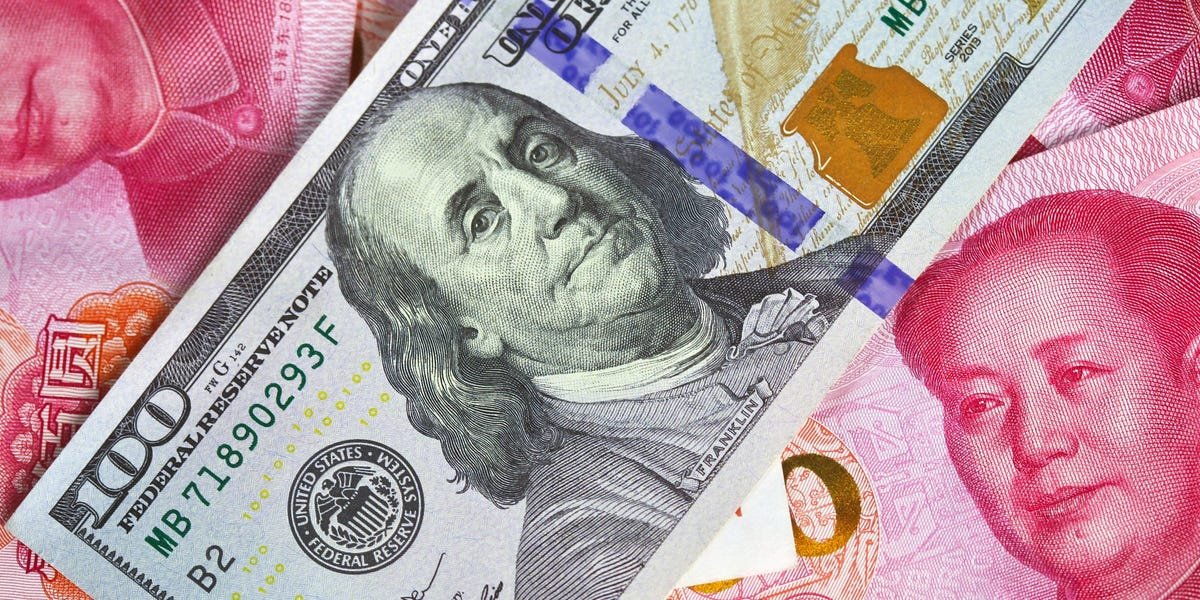What’s going on here?
China’s yuan dipped to its weakest level in eight months as a mix of economic jitters and weaker official guidance influenced its value against the US dollar.
What does this mean?
China’s currency struggles are largely due to its slow economic growth and concerning outlook. The People’s Bank of China recently set the yuan’s midpoint at 7.1364 per dollar, the lowest in eight months, signaling a tolerance for a depreciated currency. As of early trading, the yuan stood at 7.2628 against the dollar, marking a 2.2% depreciation this year. The weakened yuan reflects China’s underwhelming growth, which has spilled over into global commodity price drops. Investors also anticipate central bank decisions from the Bank of Japan and the US Federal Reserve, adding to the market’s cautious stance.
Why should I care?
For markets: Markets on the edge.
Currency markets are holding tight as they await policy moves from major central banks. The yuan’s depreciation not only impacts global commodities but also sets a tone of cautiousness across the markets. Investors are keenly eyeing China’s upcoming Politburo meeting and manufacturing PMI results, both crucial for future market directions. The real concern, according to BNY Mellon, is the risk of deflation, potentially leaving the yuan trading between 7.2 and 7.4 against the dollar in the near term.
The bigger picture: Global economic parallels.
China’s economic performance can ripple through the global economy. Citi has downgraded its forecast for China’s 2024 growth to 4.8%, reflecting weaker economic momentum. The yuan’s slide is a symptom of larger deflationary worries that could have widespread impacts. The overnight dollar/yuan swap rates in onshore and offshore markets showed similar stress, while differing interbank offered rates signal financial tightness that can stymie economic recovery efforts.







